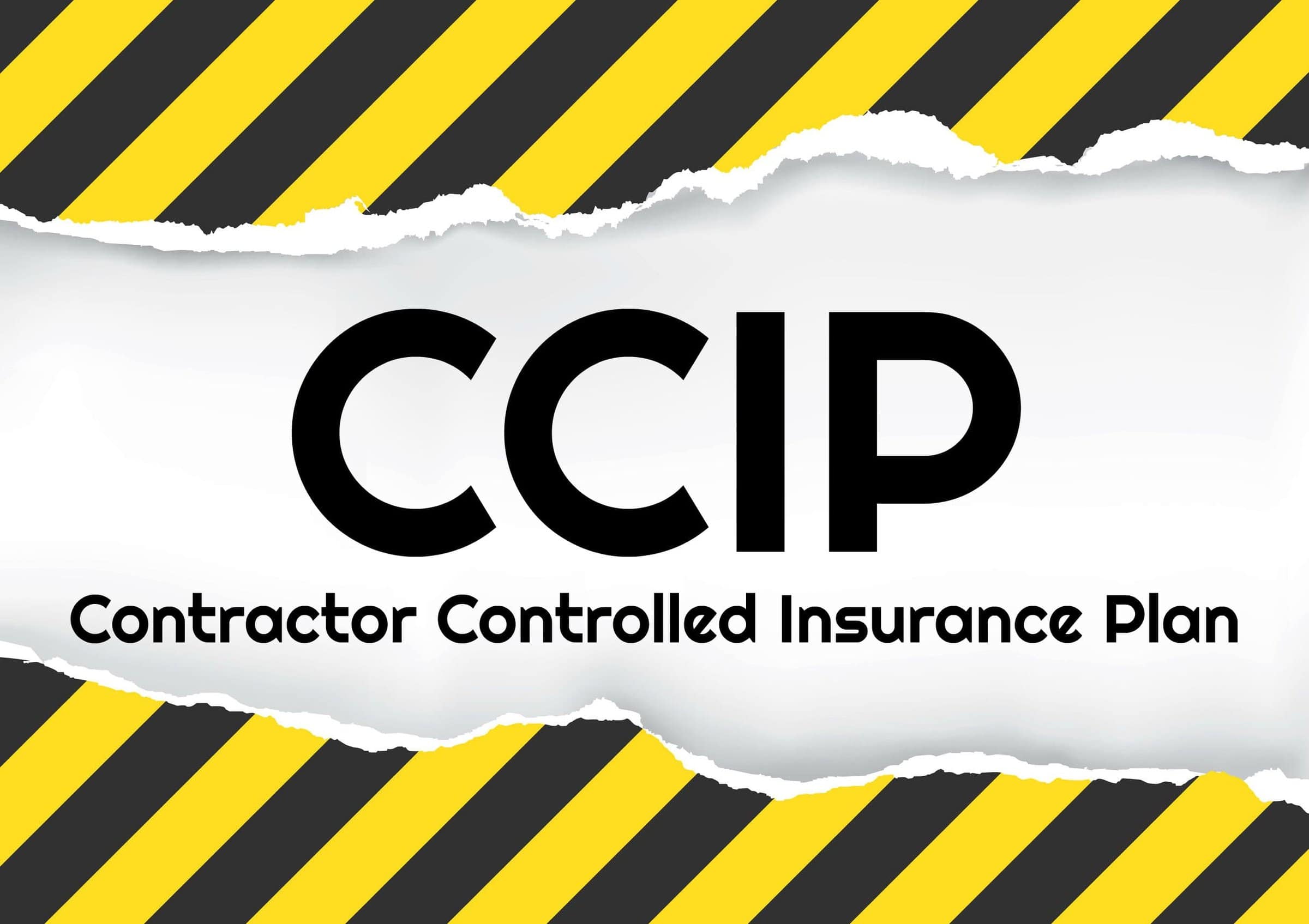Most business owners aren’t content with running a small company. They want to see that operation grow and grow to become a major player — if not the dominant player — in their markets.
This certainly holds true for construction companies. Most general contractors aren’t satisfied jumping from small job to small job. They want to take on bigger and bigger projects and reap the rewards that come along with them.
Naturally, the obstacles are many. Growing too fast can be just as dangerous, if not riskier, than not growing at all. Having the proper insurance coverage is critical. But insurance costs on many jobs, particularly larger ones, can be exceedingly expensive. In addition, with bigger and more complex policies usually comes a longer and more confusing claims process.
At some point, you may want to just do it all yourself. Well, you know what? You can — with a contractor controlled insurance program (CCIP).
Establishing the program
Make no mistake: A CCIP, sometimes also referred to as an “owner controlled insurance program” or “wrap-up coverage,” is a big step for any general contractor. Whether it would be worthwhile depends on a variety of factors.
To establish one, you first buy a package of general liability, excess liability and workers’ compensation insurance from a chosen carrier. Any subcontractors engaged for a CCIP-covered job need to enroll in the program. These subs can then remove applicable insurance costs from their contracts.
Over a specified period — typically during construction and a stated postcompletion liability phase — your program responds to claims. CCIPs are often used for public projects and larger private ones, but they can also be applied to a series of qualifying midsize jobs.
In other words, as mentioned, these programs are best suited for companies that have already reached a certain level of growth. You’ll also need to have a strong backlog of projects to ensure that your cash flow will support maintaining the program.
Running the show
The primary benefit of a CCIP is controlling costs. As the provider, you’ll be strongly motivated to strictly enforce claims prevention.
And therein lies an important point: General contractors with excellent safety records and good project managers tend to do the best in running these programs. If you’ve been struggling with accidents and injuries of late, now may not be the right time to implement a CCIP. It also helps to have some experience or at least familiarity with managing claims under a high-deductible insurance program.
When handled properly, a CCIP should increase efficiency. All claims adjustments are handled by a single insurer — your CCIP. That means you can immediately respond to claims without having to first assign fault to a given party and go through a separate insurer.
Plus, as mentioned, subcontractors will no longer need to provide their own insurance. This should lower their costs to you. Having an effective subcontractor prequalification process can help point you to subs who are comfortable with the CCIP process.
There are risks, of course. Expect to face a high deductible when buying into a CCIP. Amounts can start at $250,000 per claim, but you may encounter deductibles of $500,000 or more. Also, if you intend to use the CCIP for multiple projects, you’ll likely face high minimum premiums, which could be costly if you don’t have enough jobs to justify the expense. The ability to maintain a healthy backlog is a critical criterion for contractors who intend to operate a CCIP long term.
Making the choice
Running a CCIP is, in effect, like opening a side business. If that sounds like way too much trouble off the bat, perhaps you’d be better off looking for other ways to control insurance costs. But if your construction company is ascending toward that next tier of success, a CCIP can put the often complex, contentious issue of project insurance much more under your control.
© 2018


